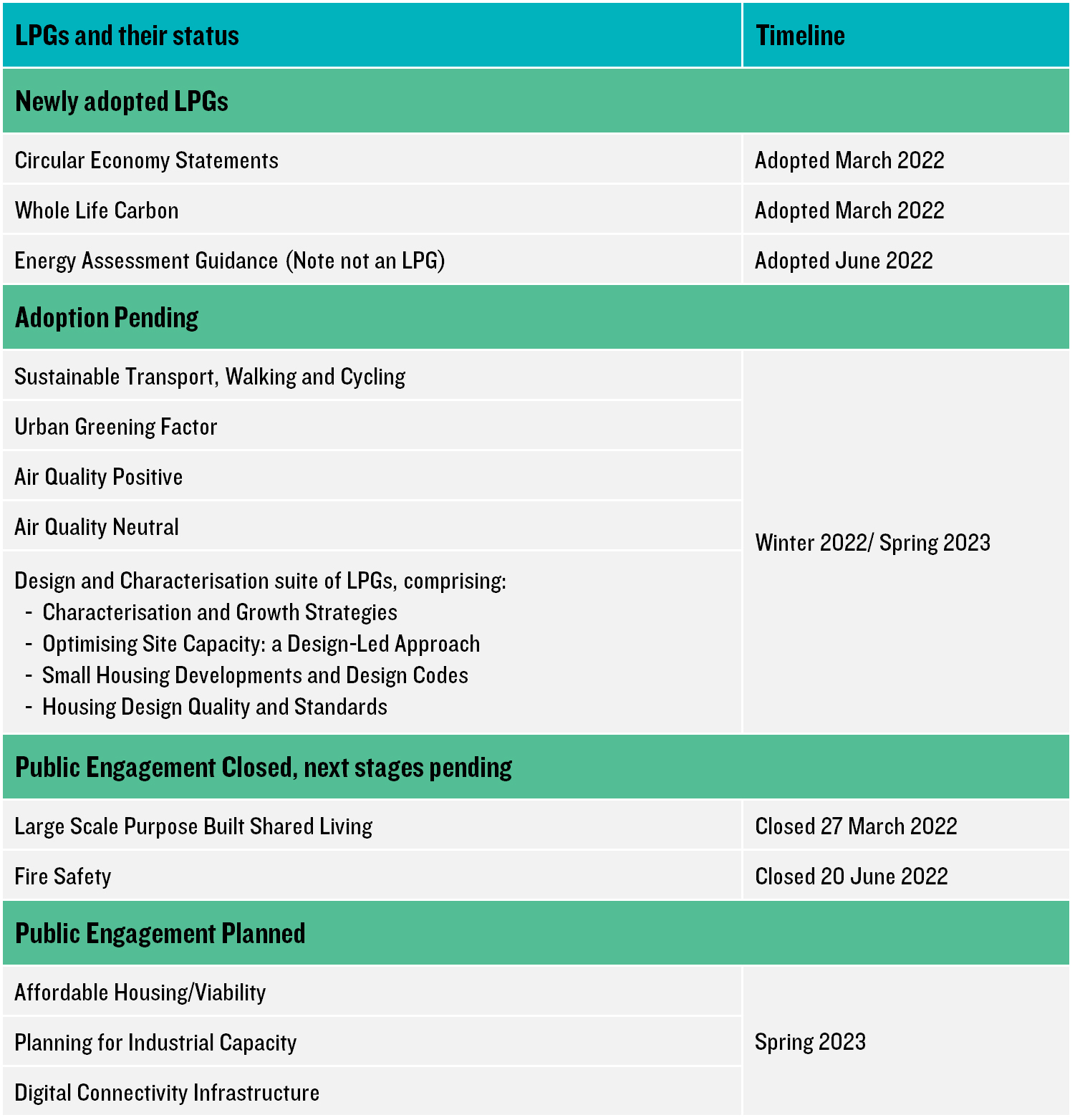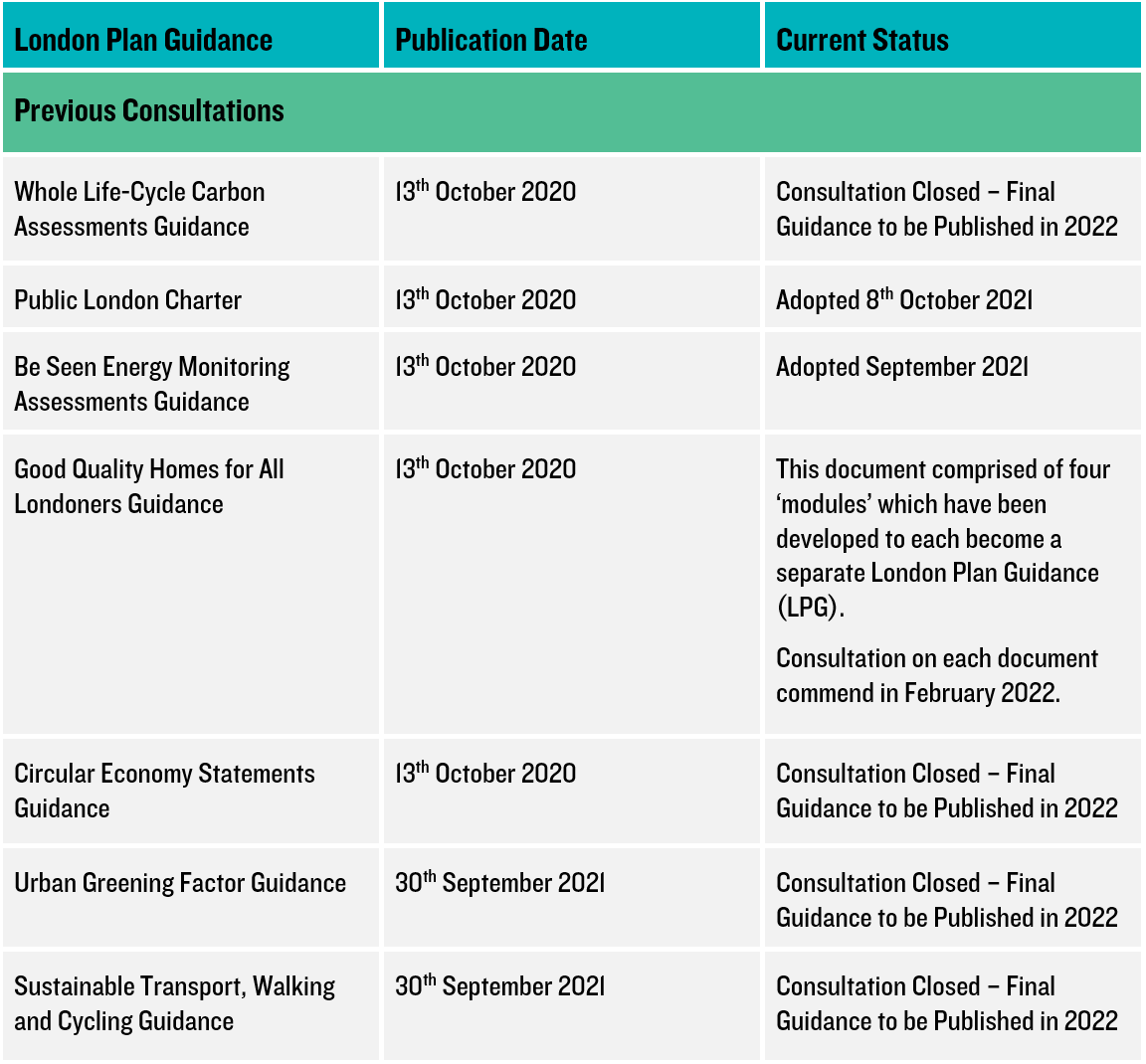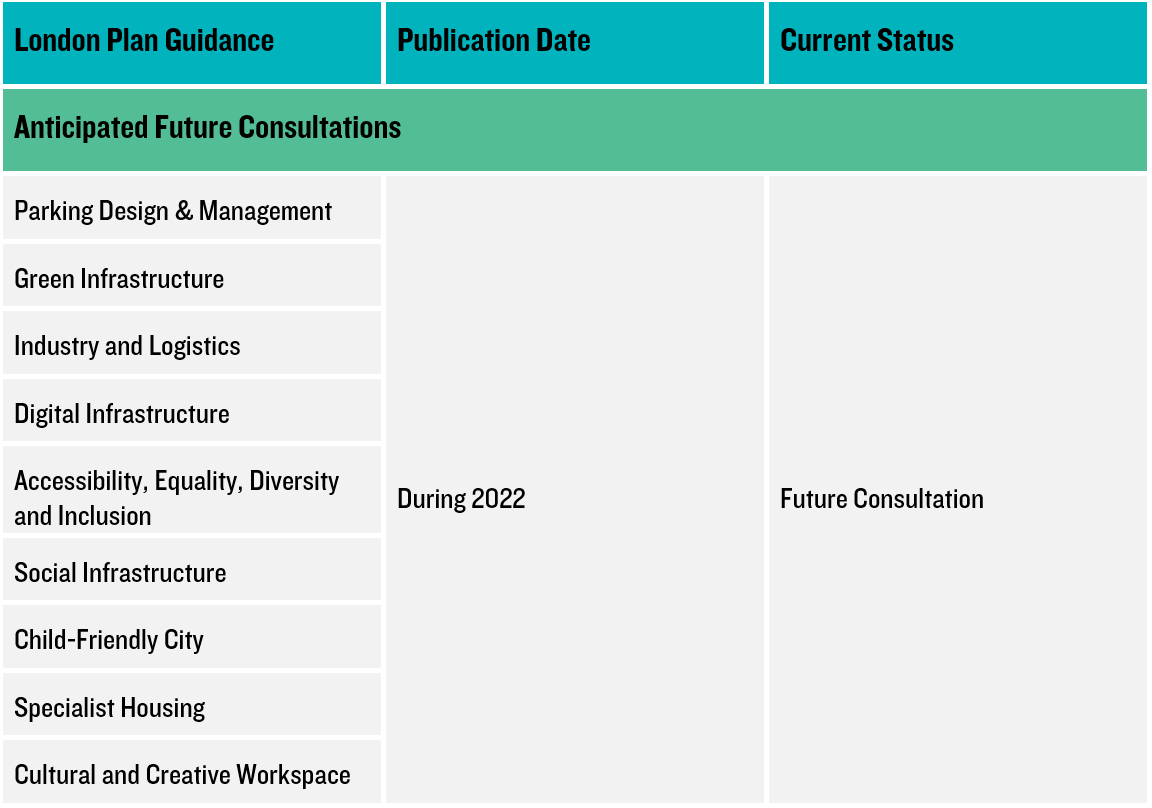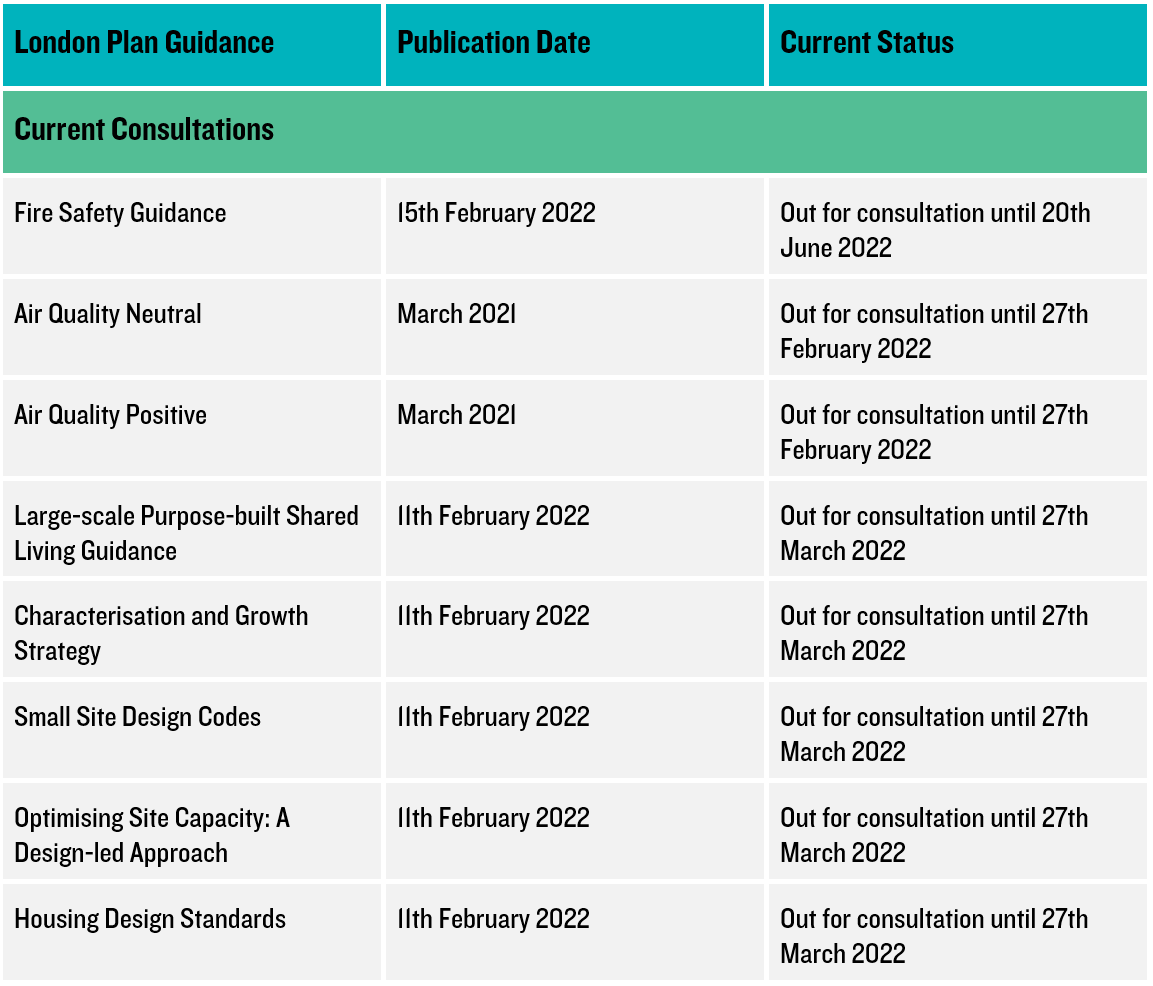Like most sectors of the UK’s economy, the Education sector is under pressure to act on climate change and contribute to meeting the Government’s target of net-zero emissions by 2050. Buildings play a fundamental role in the sector and despite the rise of remote learning during the pandemic, the need for school buildings, colleges and campuses remains.
A recent study by the World Green Building Council found that – perhaps unsurprisingly – a better, cleaner and greener learning environment leads to better performance from students.
[1] Ensuring comfortable, safe working conditions for school staff and students, whilst future proofing education buildings should therefore be a top priority.
Decarbonisation of the Existing Stock
A key step towards achieving the 2050 target will be transitioning existing school buildings and estates, which often have poor energy ratings, into resilient, energy efficient and carbon-neutral properties. A net zero carbon building is one that is highly energy efficient and fully powered from on-site and/or off-site renewable energy sources. In the UK, schools and universities currently represent 36% of total UK public sector building emissions, mainly from heating, cooling and electricity use. It is estimated that Schools alone account for around 2% of UK greenhouse gas emissions
[2], roughly the same as all the energy and transport emissions of Manchester, Newcastle and Bristol combined.
Decarbonisation of the current building stock is therefore essential. There are many ways to reduce the carbon footprint of education buildings, primarily through reductions in energy demand and usage which can be achieved through measures such as smart LED lighting systems or energy efficient roofing and insultation. Energy efficient measures are becoming increasingly important amid the ongoing gas crisis, with some schools reporting that their energy bills have risen by tens of thousands of pounds this year, putting pressure on already stretched school resources. Taking action on this will not only help towards net-zero emissions targets but will also free up budgets for educational spending. These initial measures can later be combined with other renewable alternatives, such as investing in heat pumps and solar panels, to further support the drive towards net zero.
Financial support for such measures is available from the Government for eligible buildings through the Public Sector Decarbonisation Scheme (‘PSDS’). This gives central government and local authorities in England a major opportunity to decarbonise public sector non-domestic buildings. Eligible bodies can apply for funding for energy efficient projects and under this scheme, schools across England have received funding to install heating upgrades, solar panels, energy-efficient lighting, or insulation. As part of phase 3a of the PSDS (funding year 2022/23) many London Boroughs have won funding, such as LB Barnet who will received c. £6 million to decarbonise 20 primary schools and 2 secondary schools, alongside other educational institutions, such as the University of Greenwich, who have been awarded c. £1.1 million to installs ASHPs to five buildings at their Avery Hill Campus.
[3]Designing Schools for Net Zero
Whilst reducing operational energy and providing energy efficient solutions for existing school facilities is one step towards achieving net zero carbon buildings, many education facilities that are in place are no longer fit for purpose, will not contribute to hitting emissions targets, and must be replaced.
Schools will need to strive to be net zero from their new build projects in line with Government policy objectives. Earlier this year (April 2022), the Department of Education (‘DfE’) published it’s Sustainability and Climate Change strategy
[4], which included the strategic aim of
“adapting our education and care buildings and system to prepare for the effects of climate change”. In accordance with the strategy, all new school buildings delivered by the DfE will be net zero in operation. Designing new schools sustainably, focussing on low carbon design, is crucial for futureproofing, given the long lifespan schools and education buildings typically have.
The framework from the UK Green Building Council (April 2019) offers guidance for developers, owners and occupiers targeting the development of net zero carbon buildings, setting out key principles to follow and outlining how such a claim should be measured and evidenced. One established set of design criteria, which adopts ultra-low energy building standards, is Passivhaus design, described by the Passivhaus Trust as “a tried & tested solution that gives us a range of proven approaches to deliver net-zero-ready new and existing buildings optimised for a decarbonised grid and augmented for occupant health and wellbeing”. The Trust launched a campaign dedicated to the adoption of the Passivhaus Standard for educational buildings in 2020, which established how new academic buildings should be designed and constructed – alongside much-needed retrofits.
Currently there are 15 certified Passivhaus schools in the UK, with plenty in the pipeline. Architype, the UK’s leading Passivhaus, sustainable architect, has designed a number of these, including the Harris Academy in Sutton – the UK’s first Passivhaus secondary school and the largest Passivhaus school in the UK. Lichfields worked with Architype on the Sutton Academy and for the past few years on the Mulberry Academy, London Dock School, a new Passivhaus Secondary School and Sixth Form located on The Highway in the London Borough of Tower Hamlets. Construction of the Mulberry Academy is underway and on track for the school to open its doors at the start of the new academic year in September 2023. Architype’s innovative design uses Passivhaus technologies as well as creating considerable green space with extensive facilities for sports and leisure which will be open to the community. Rory Martin, Senior Architect at Architype explain the rationale for the design and its benefits for the borough:
“The new school for Tower Hamlets is not only an excellent example of ultra-low energy and carbon design through achieving Passivhaus accreditation but also for promoting student’s health and wellbeing in the borough. This means huge savings for the school and local authority in running costs which can be used on vital education requirements elsewhere. The Passivhaus design also delivers particular benefits for air quality, with fresh filtered air, creating a natural defence against the nearby traffic. The complex site challenges with an original dock wall and basement build on a busy road demonstrate that Passivhaus and low carbon design can be achieved on the most challenging of urban sites. This is vital in the race to net zero.”
In the context of rising energy costs, it is essential that education buildings are energy efficient so they can provide the best possible learning environments for young people, minimise operating costs and reduce carbon emissions. Passivhaus design is a proven and tested energy performance standard that fulfils the government’s aspirations. Lichfields has built an enviable track record assisting in the delivery of school projects and specifically Passivhaus education schemes. If you require advice on a similar project, please get in touch and we will be happy to help.
[1] https://www.worldgbc.org/news-media/new-report-shows-green-improvements-school-buildings-have-positive-impacts-student
[2] The Carbon Trust
[3] Phase 3a Public Sector Decarbonisation Scheme: project summaries
[4] Sustainability and climate change: a strategy for the education and children’s services systems














